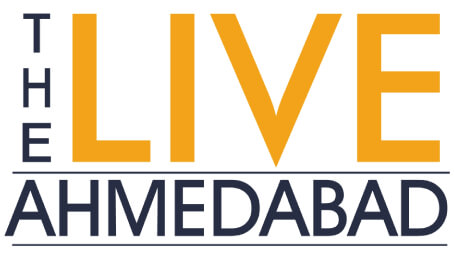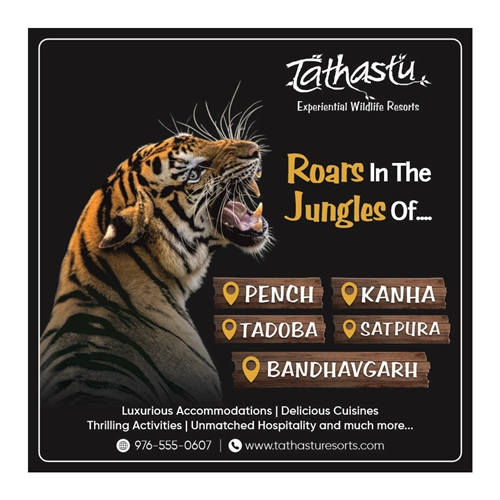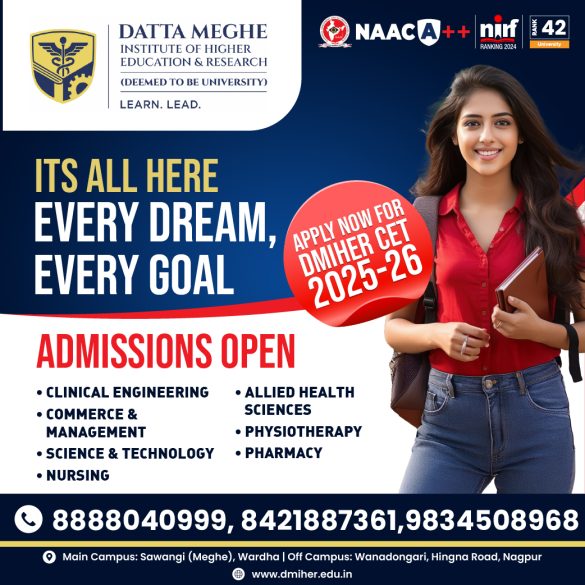Satadru Chakrabarty, a PhD scholar in Chemical Engineering at the Indian Institute of Technology Gandhinagar (IITGN), has won the Euraxess Science Slam India 2022, a highly-regarded annual science communication competition of the EURAXESS Worldwide network that offers a platform to young research talents to showcase their work outside of the formal constraints of a research lab or classroom.
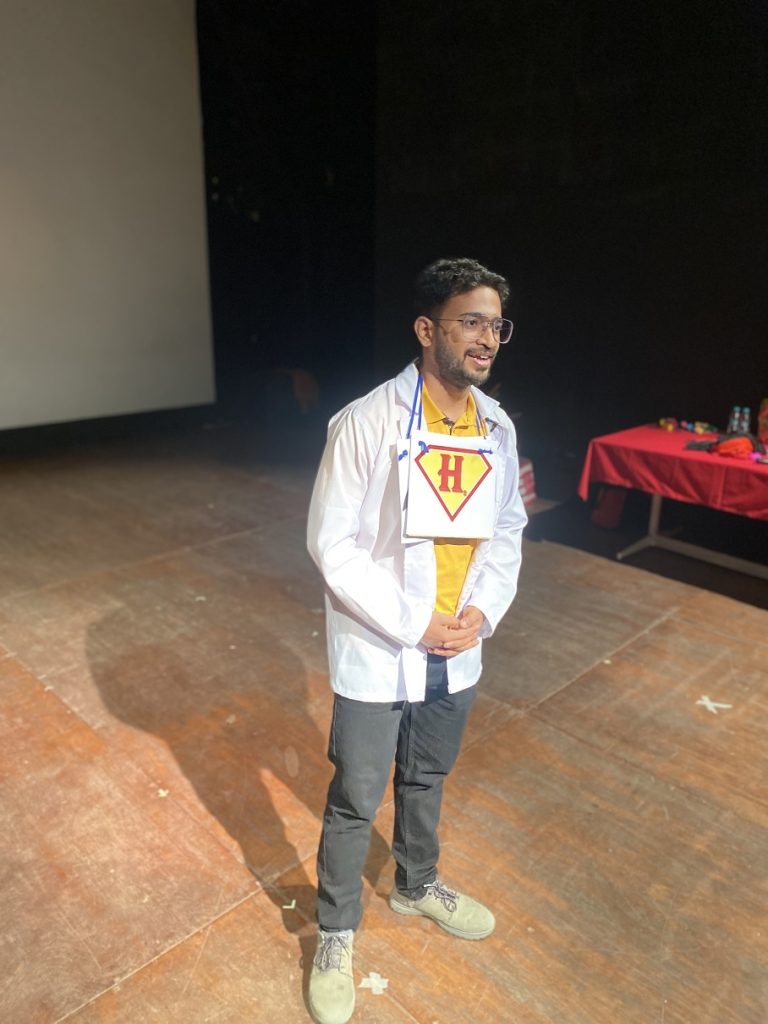
As a part of this competition, participants have to submit video entries explaining their research in an artistic and easy-to-understand manner, based on which the organisers select five finalists, who are required to present their research work in a theatrical manner during the finals.
The final round of Euraxess Science Slam India 2022 was held in Chennai between five exceptionally talented young Indian researchers, who reached the finals after competing with numerous researchers from across the country. The finalists, affiliated with TIFR Mumbai, NCBS Bangalore, CDFD Hyderabad, and JNCASR Bangalore, apart from Satadru from IITGN, performed live in front of an enthusiastic audience and an eminent jury. They were judged on the basis of their ability to capture the audiences’ attention with a precise, accessible, and original introduction to their research topic.
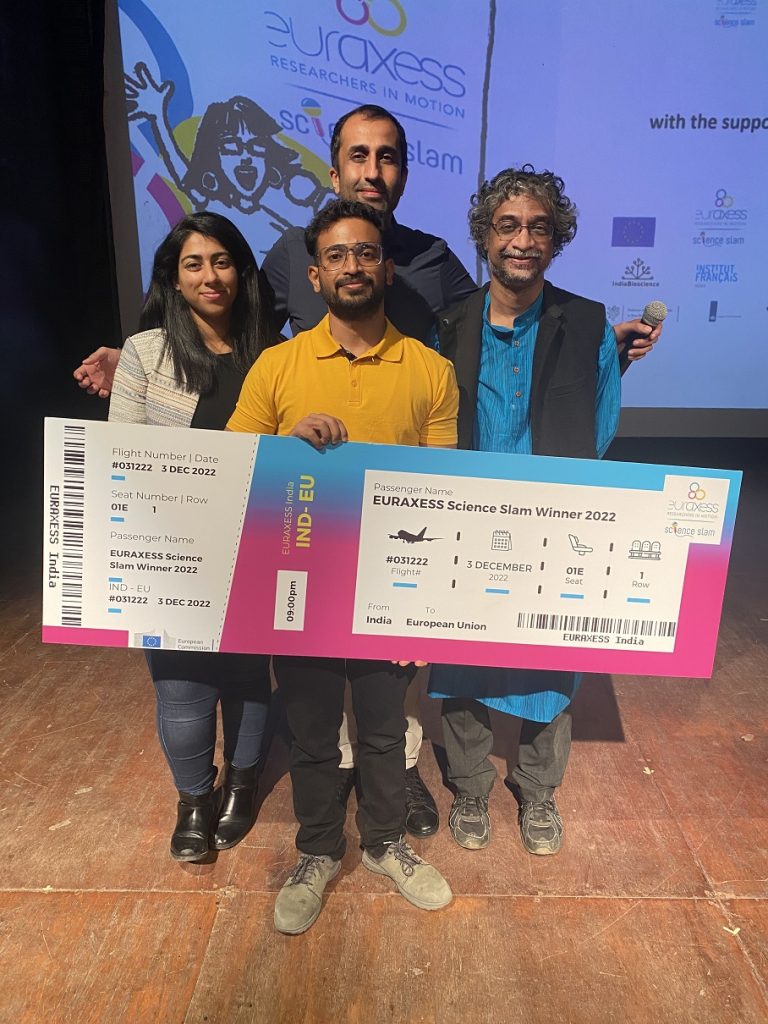
At IITGN, Satadru is working with Prof Kabeer Jasuja, Associate Professor of Chemical Engineering. Over the past few years, their group has discovered a new family of nanosheets that are derived from transition metal diborides. Currently the group’s major objective is to apply these nanosheets towards solving global problems along with unravelling the fundamental science behind these boron rich nanosheets. Satadru’s primary research work involves synthesising nanosheets from Titanium Diboride and utilising these nanosheets for relevant applications. He has found that these nanosheets can interact with light, and this unique interaction can be used for certain applications. He collaborated with Prof Saumykanti Khatua, Associate Professor of Chemistry at IITGN to combine these nanosheets with gold nanotriangles and used them as catalysts for splitting water to produce hydrogen. Since hydrogen is touted as the fuel of the future and his technique of producing hydrogen is cheap and scalable, his research can prove to be helpful in realising a hydrogen-based economy.
As the primary mandate for this science slam was to present research in a manner that can be accessible to anyone, in the first round, Satadru made a video explaining his research of hydrogen production in the way of a sales pitch and avoided using any technical terms. In the finals, he presented the research in the form of a mini skit to make it more entertaining for the audience in spite of using a few scientific terms. For example, Satadru created alter egos named “Hydrogen Guy”, who explained why we need hydrogen, and “Nano Guy”, who described how to get hydrogen using nanosheets.
As the winner of this year’s India Science Slam, Satadru has earned a roundtrip ticket to Europe and the unique chance to network with research peers in one of Europe’s top research institutes.
Sharing his thoughts on this achievement, Satadru Chakrabarty said, “I believe science communication is a major component of being a successful researcher and a scientist. I am glad that I am able to explain my research to people in a way that they find interesting. This win has cemented my belief in the power of science communication. I would urge my fellow researchers to consider this as one of their noble duties. I would like to thank IITGN for enabling me as a budding researcher and would also like to thank Euraxess India for this amazing opportunity to showcase my research. I want to thank the ‘Leadership Development Initiative’ team of IITGN for their constant support towards my preparation for this competition. Lastly, I believe that this win would not have been possible if not for the constant encouragement from my adviser and mentor, Prof Kabeer Jasuja. It is through him that I have developed a knack for science communication. I am excited to network and collaborate with research peers in Europe by next year. I would like to be involved with research in sustainable or renewable energy.”
